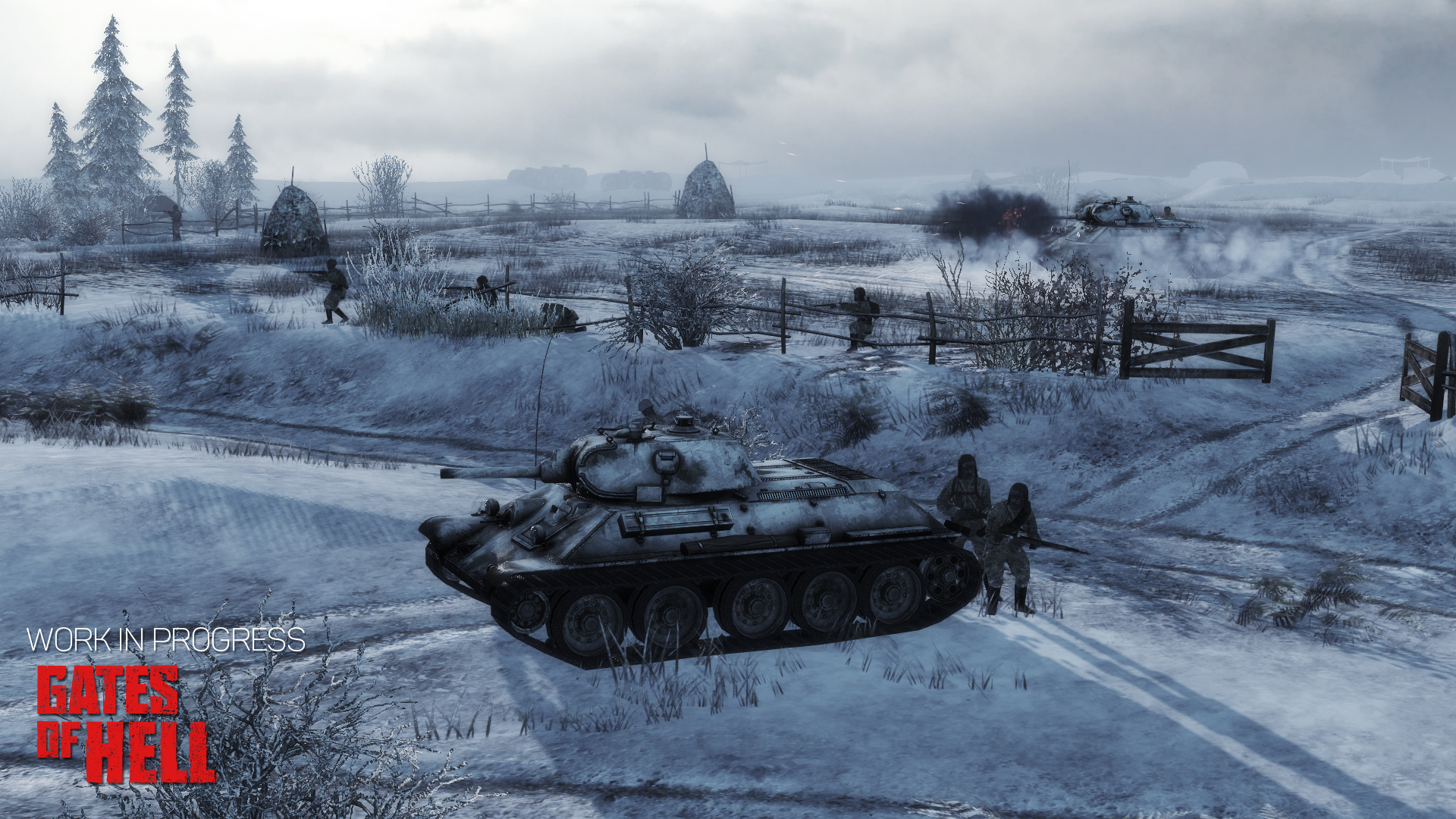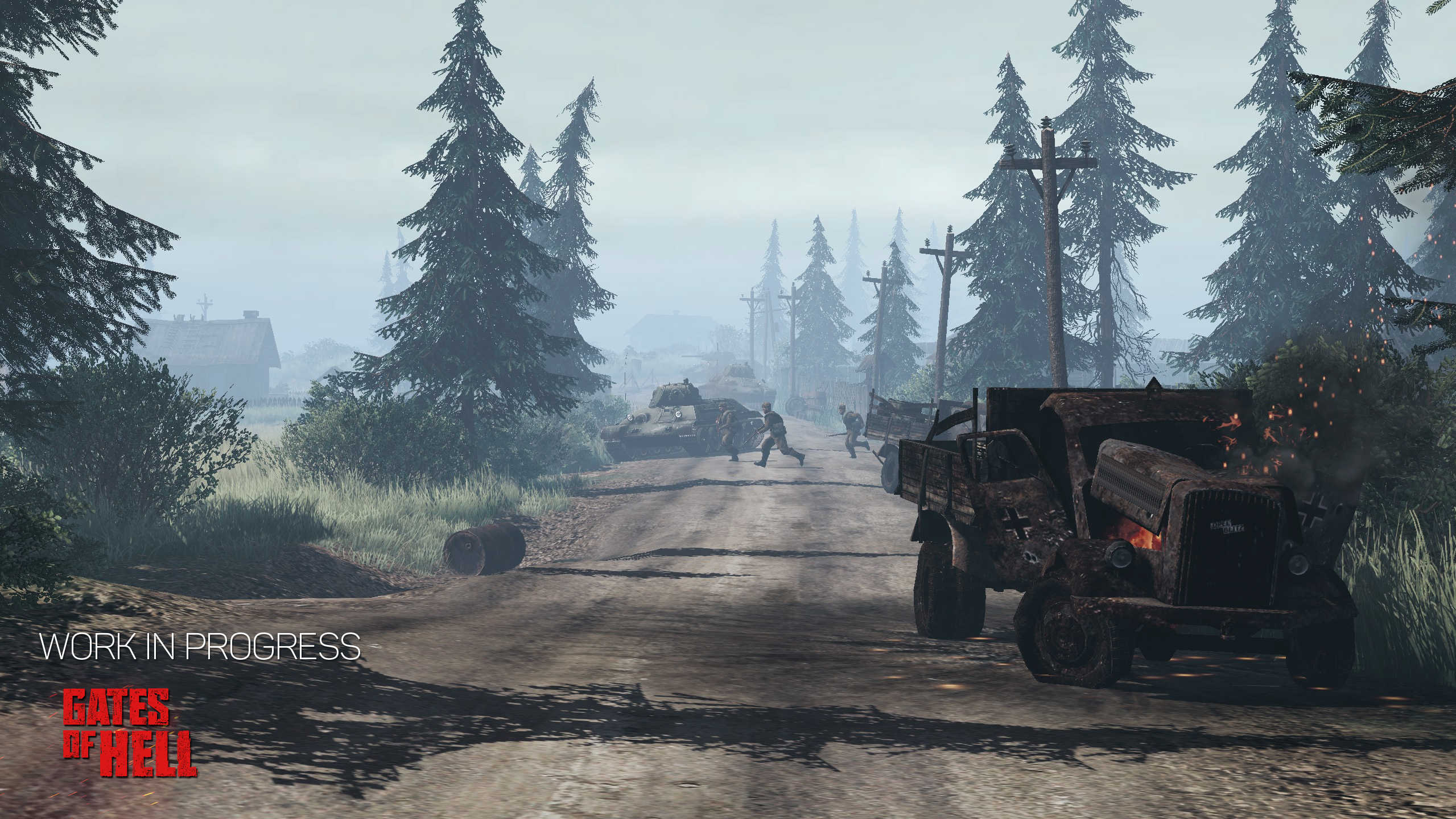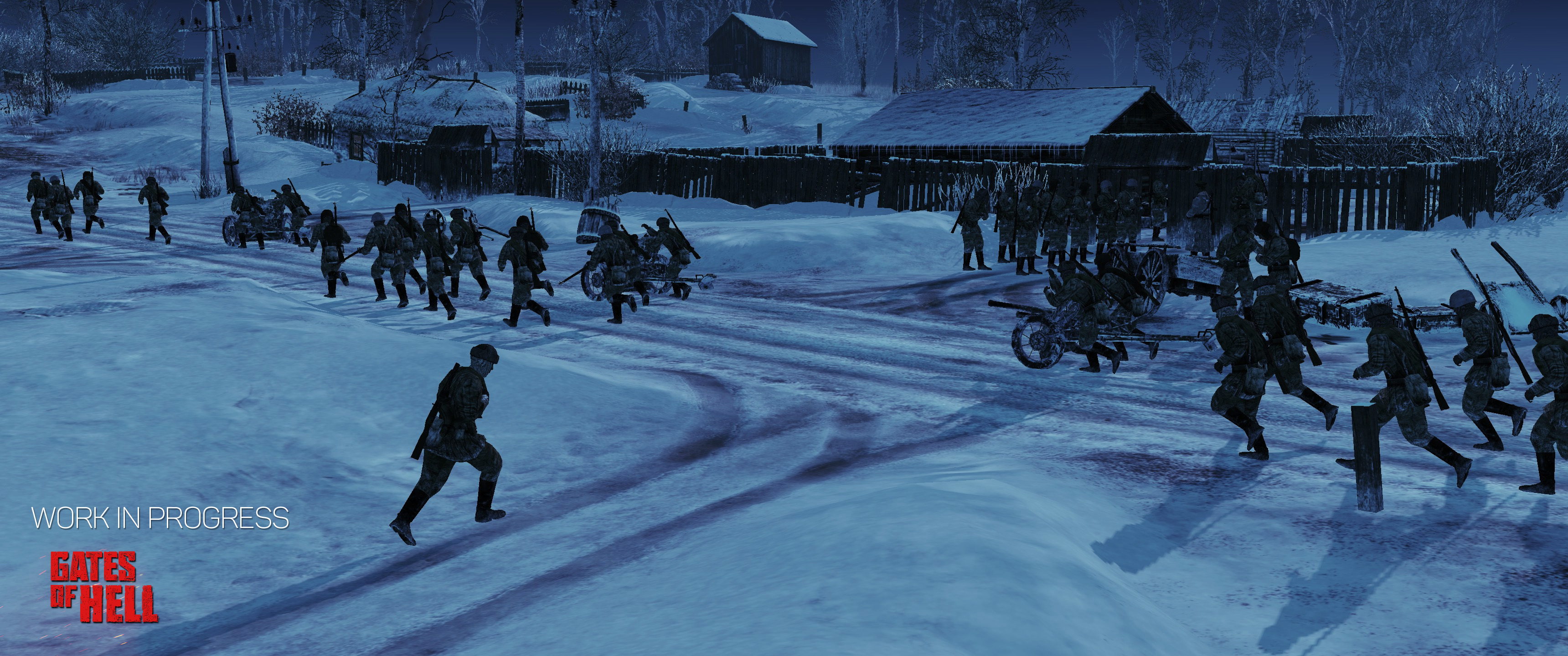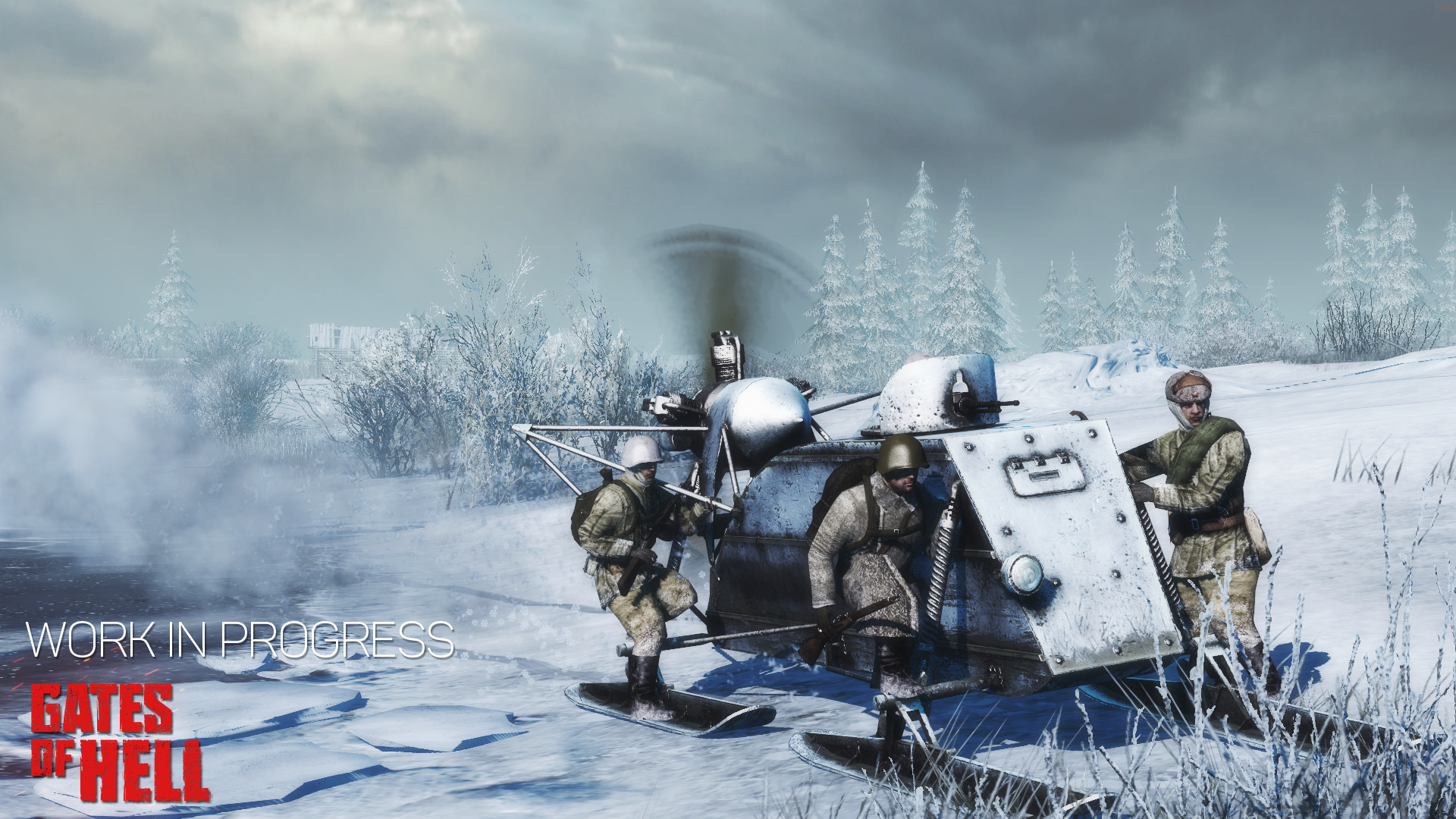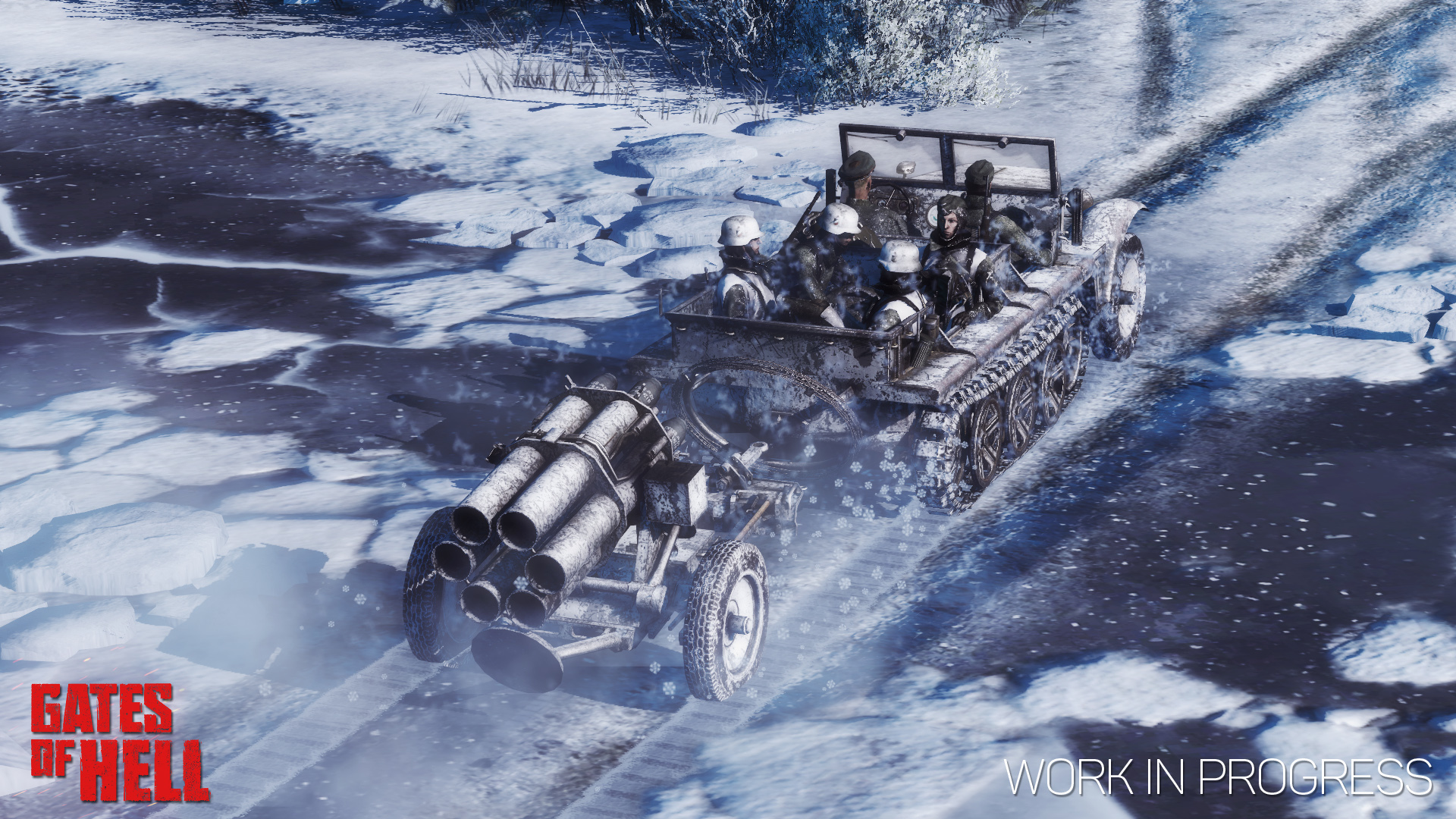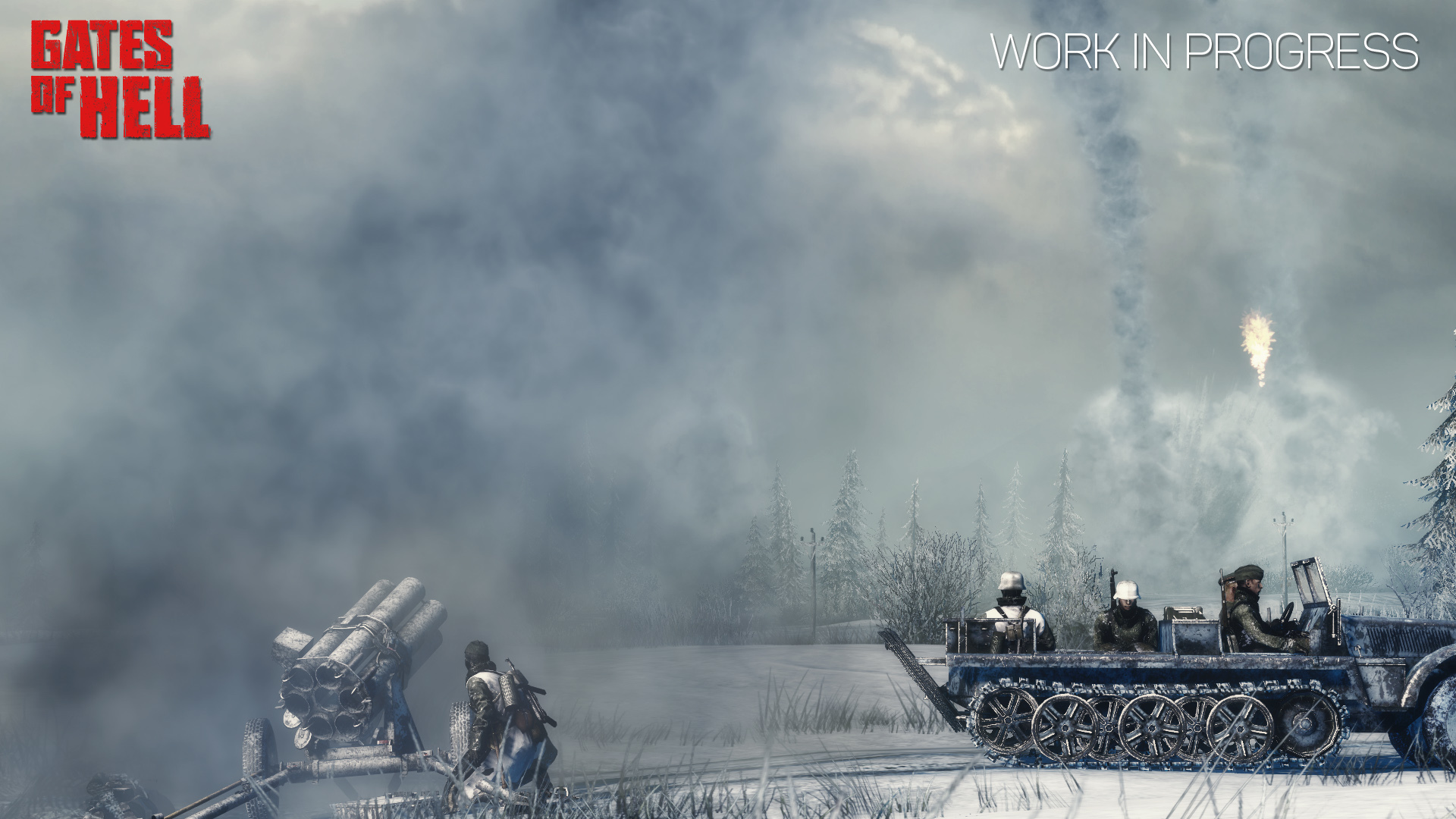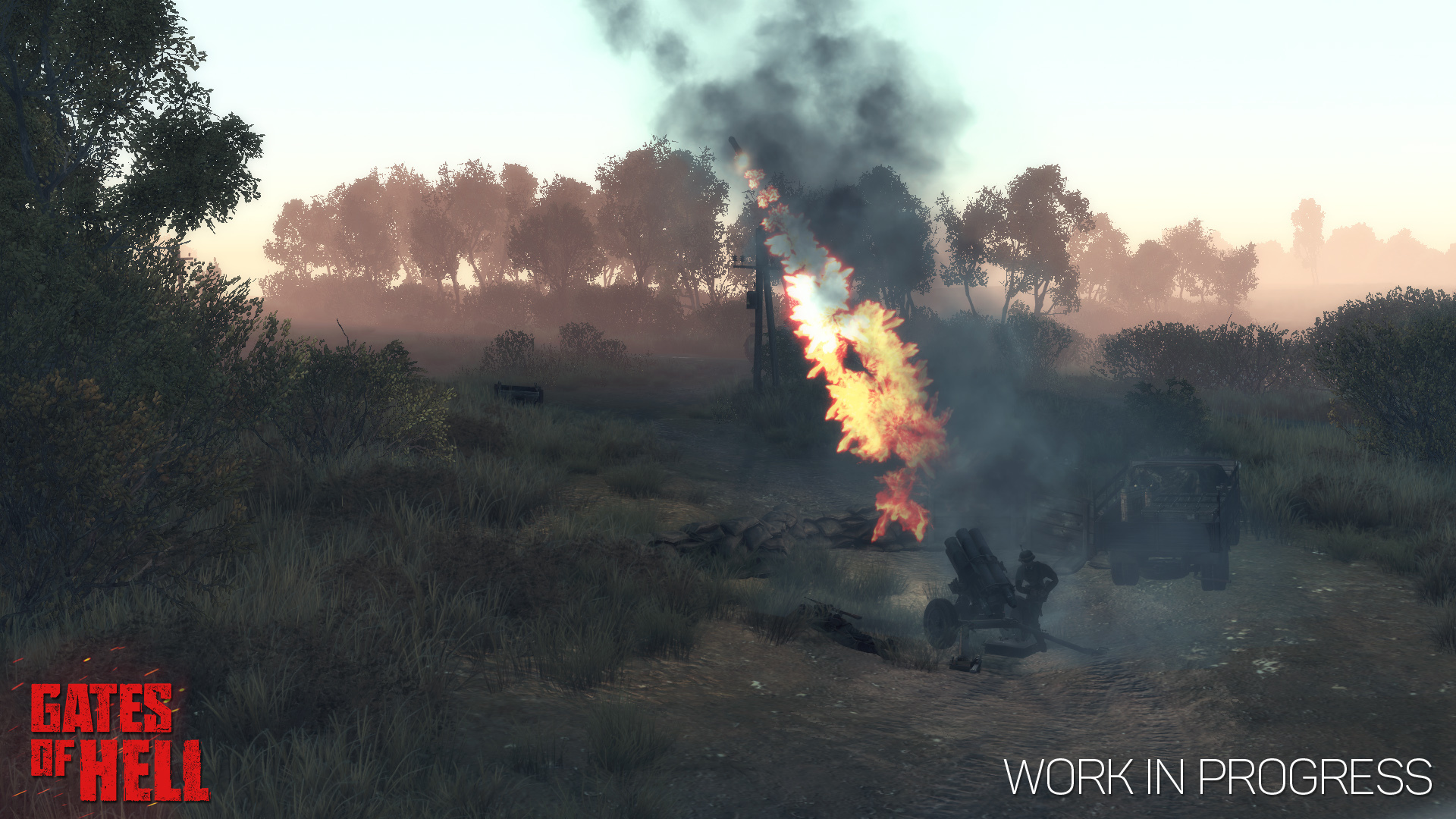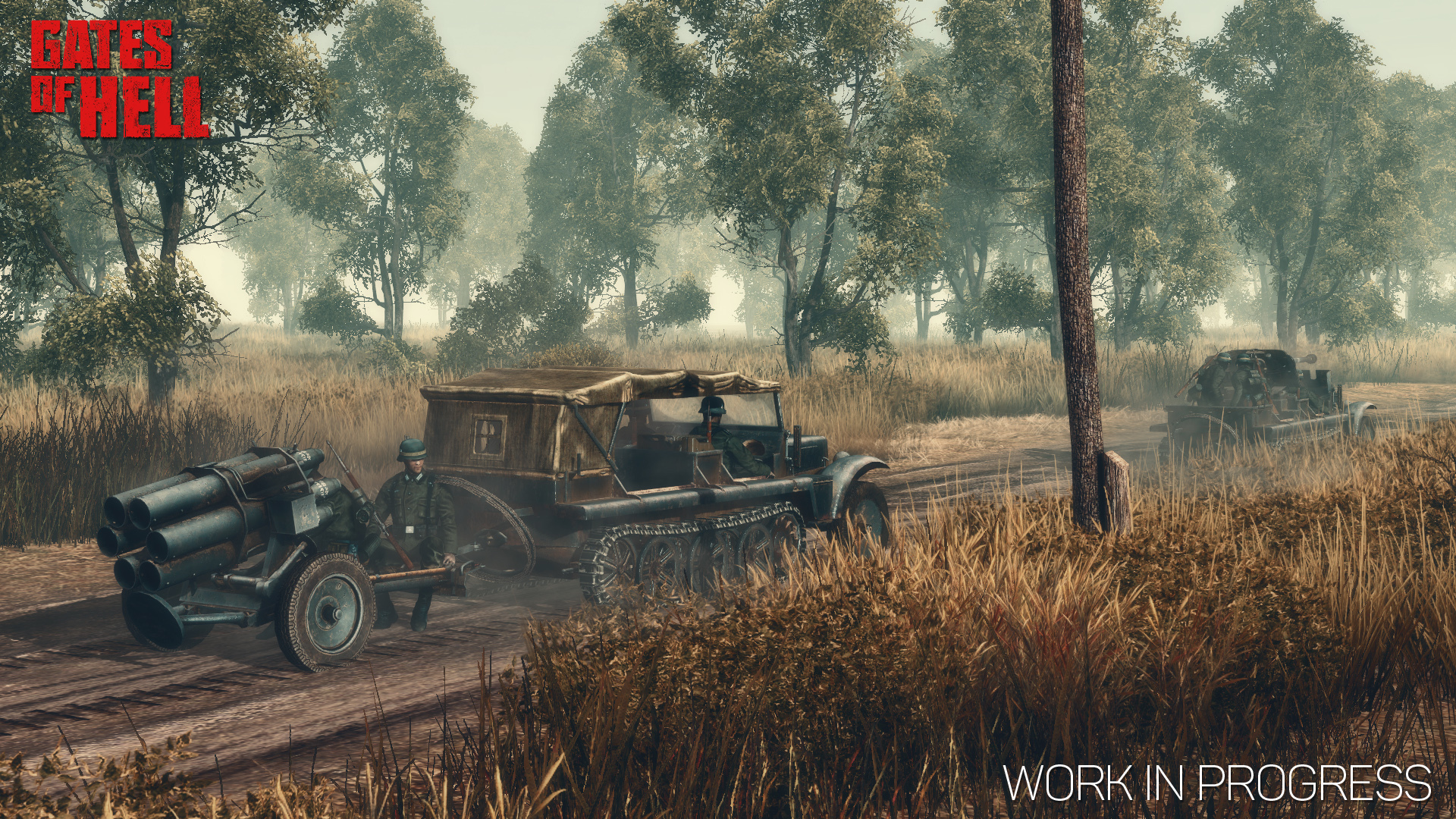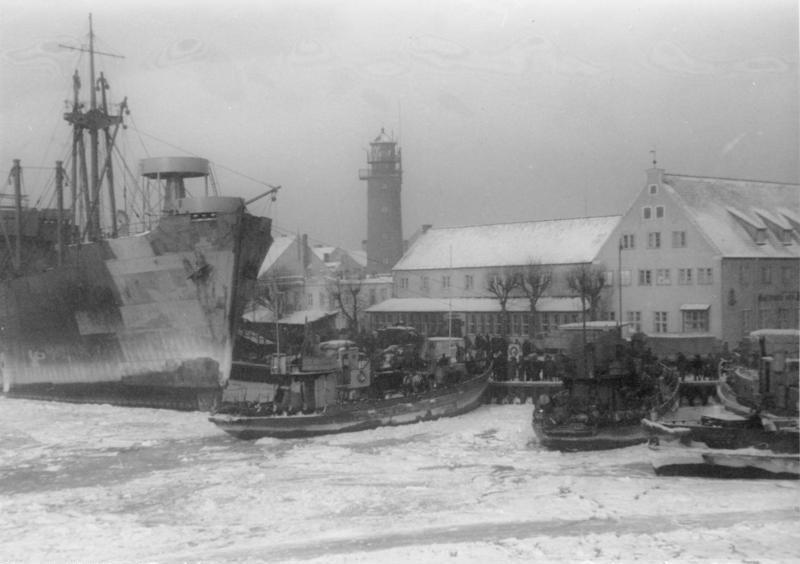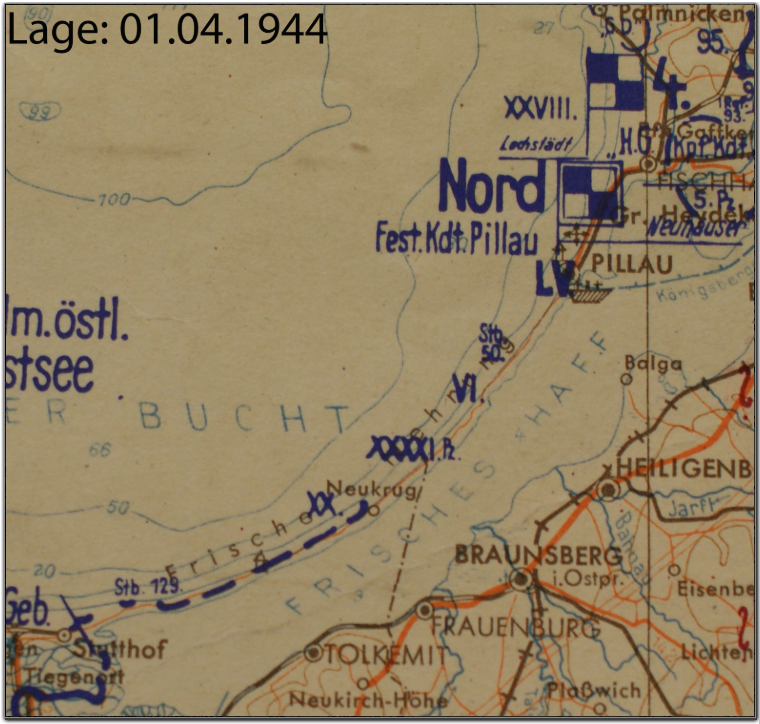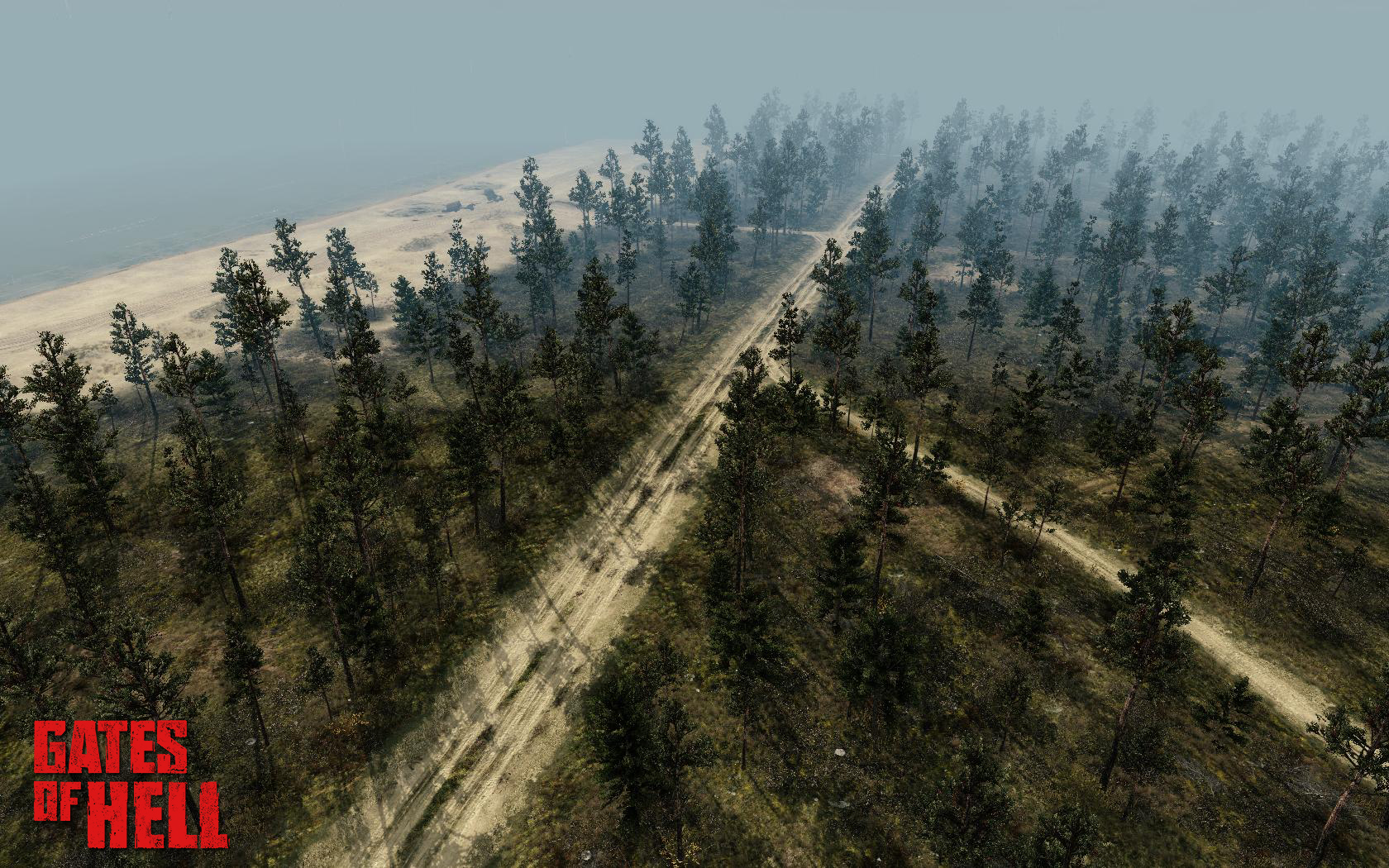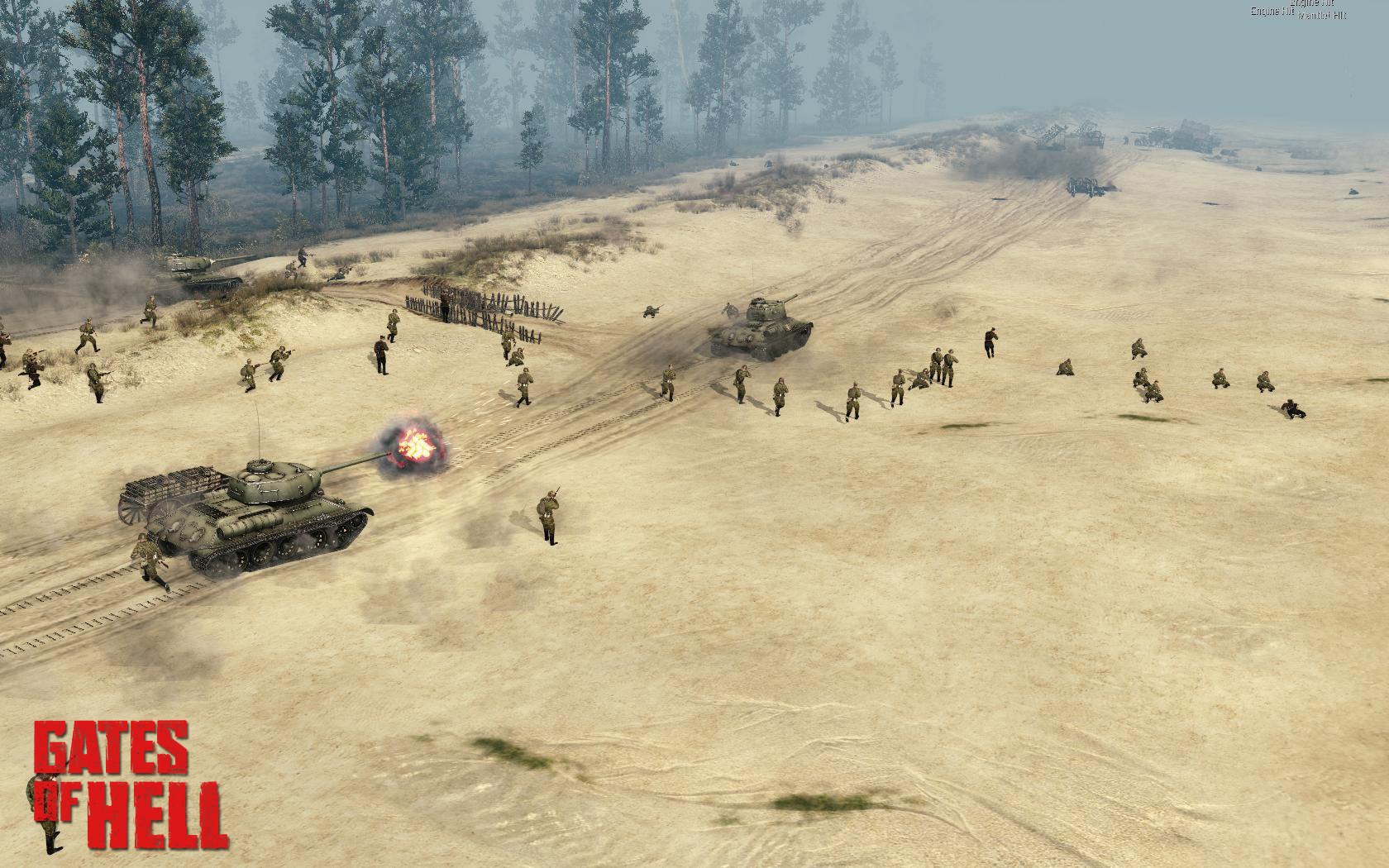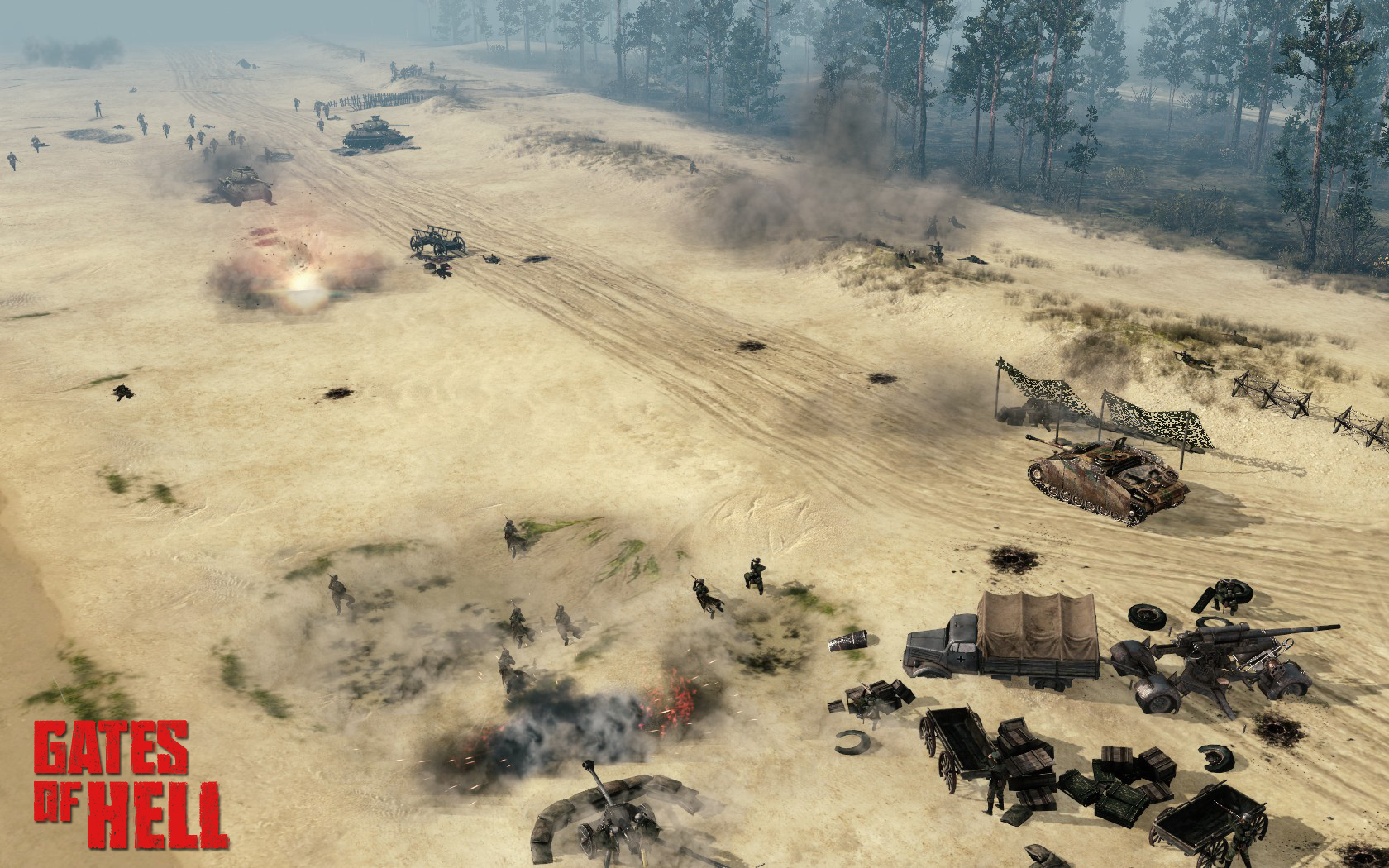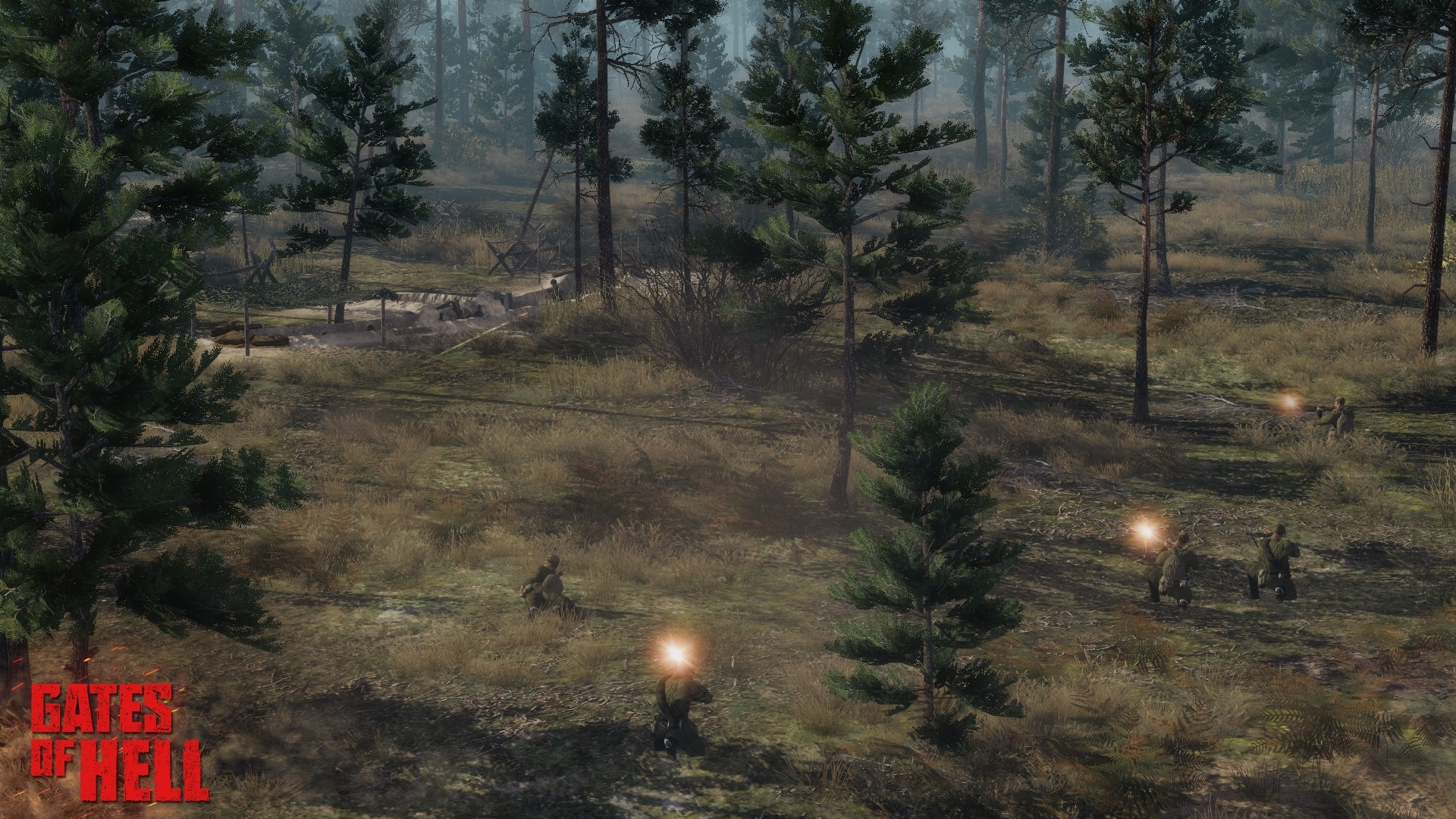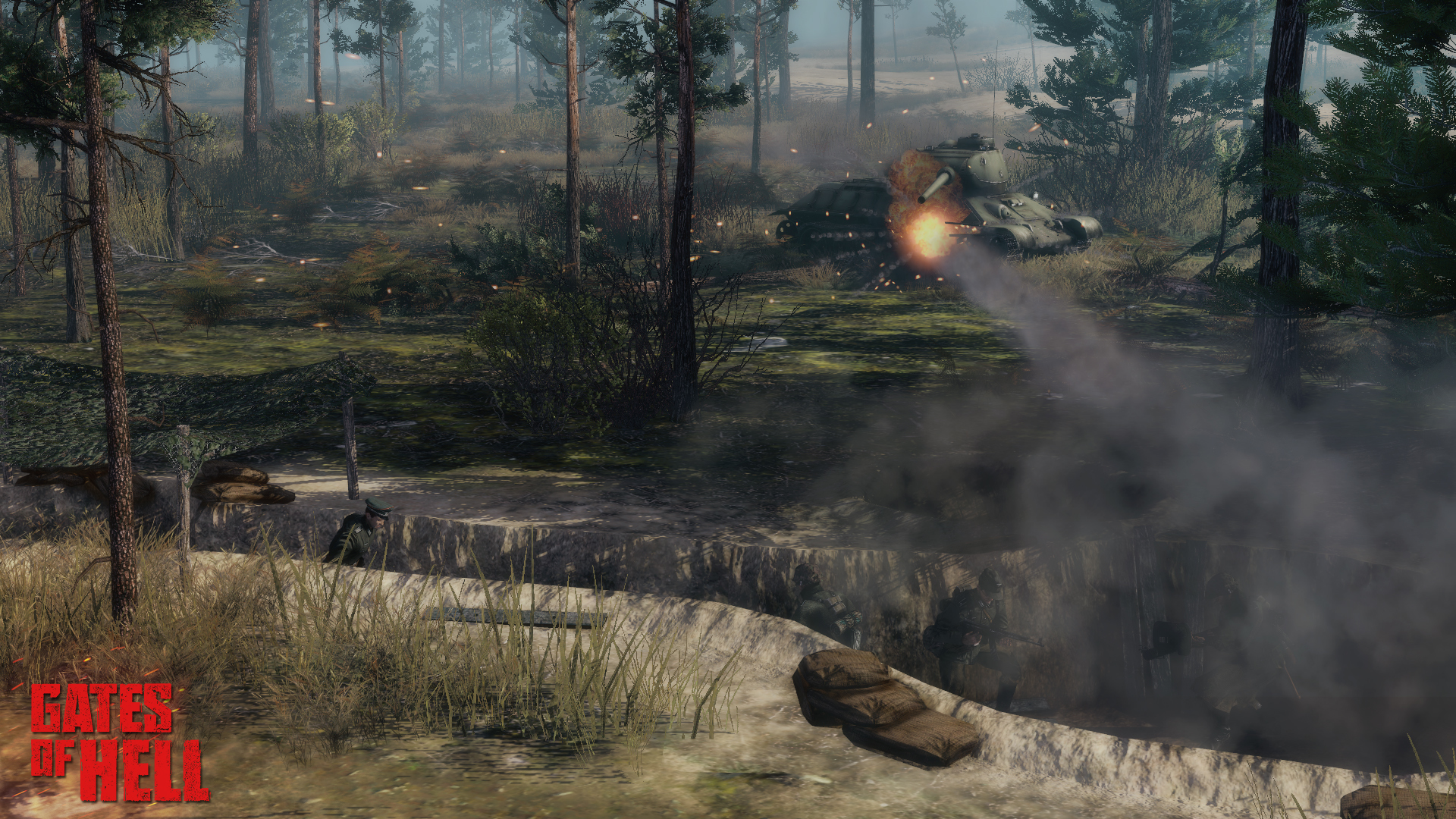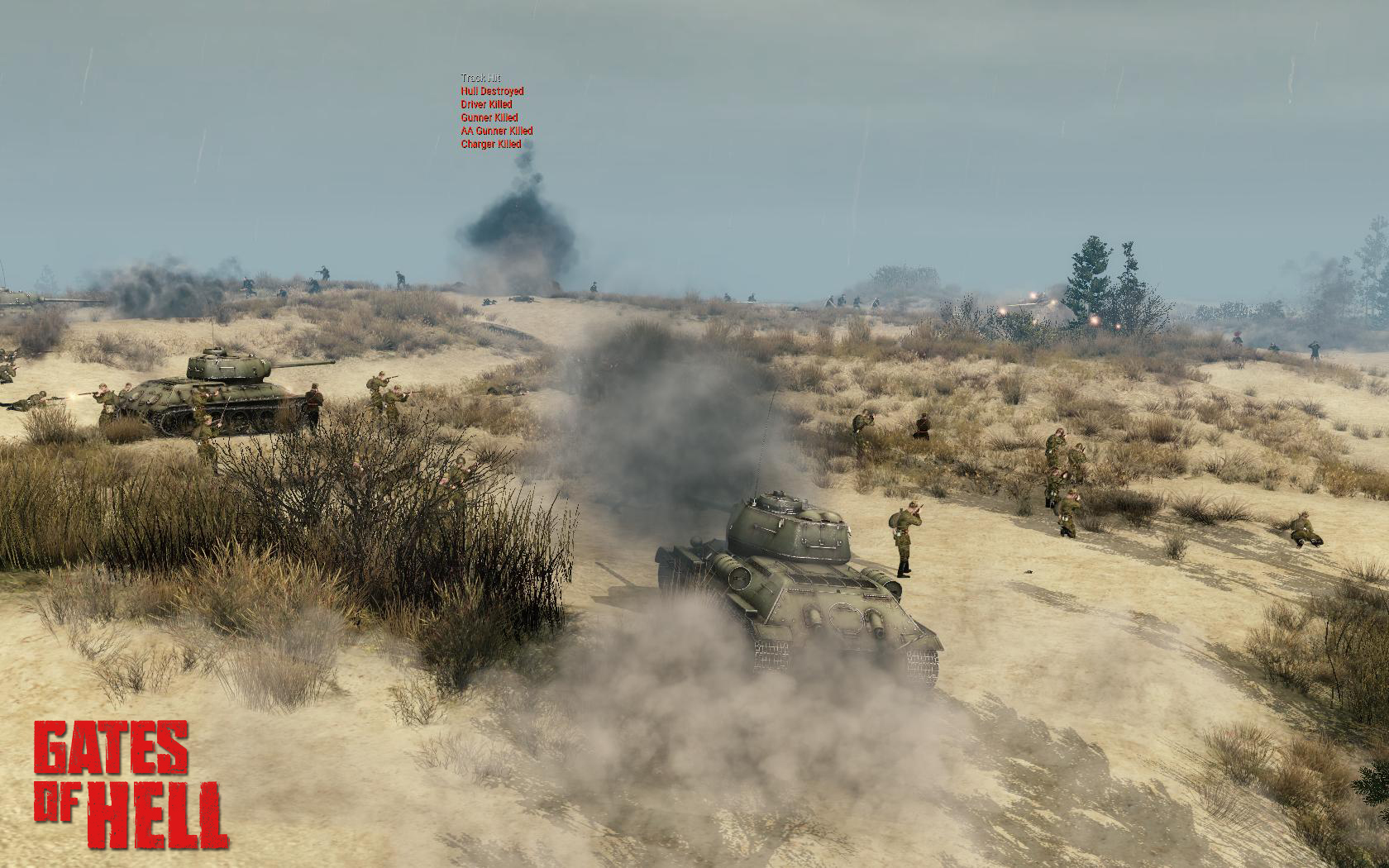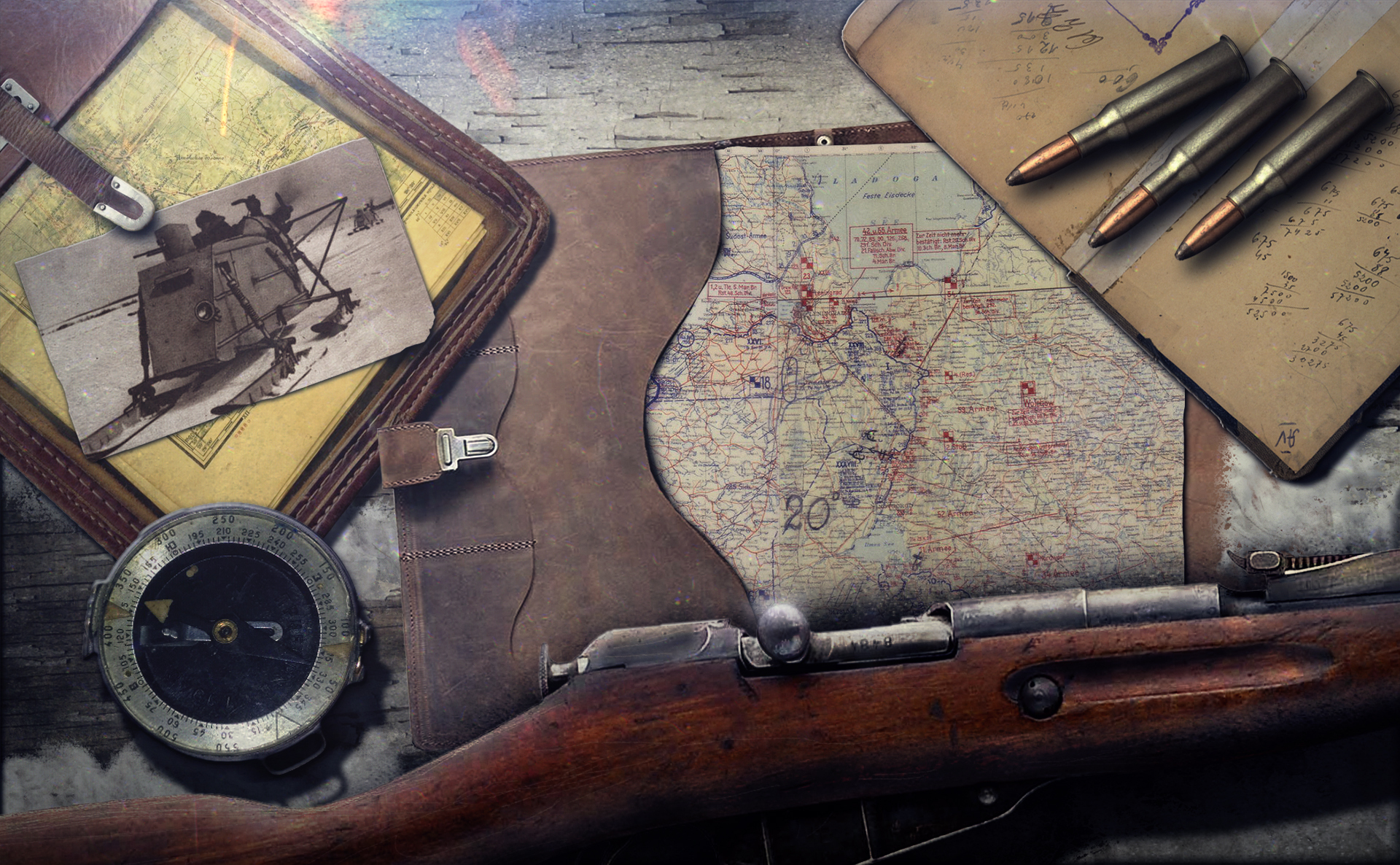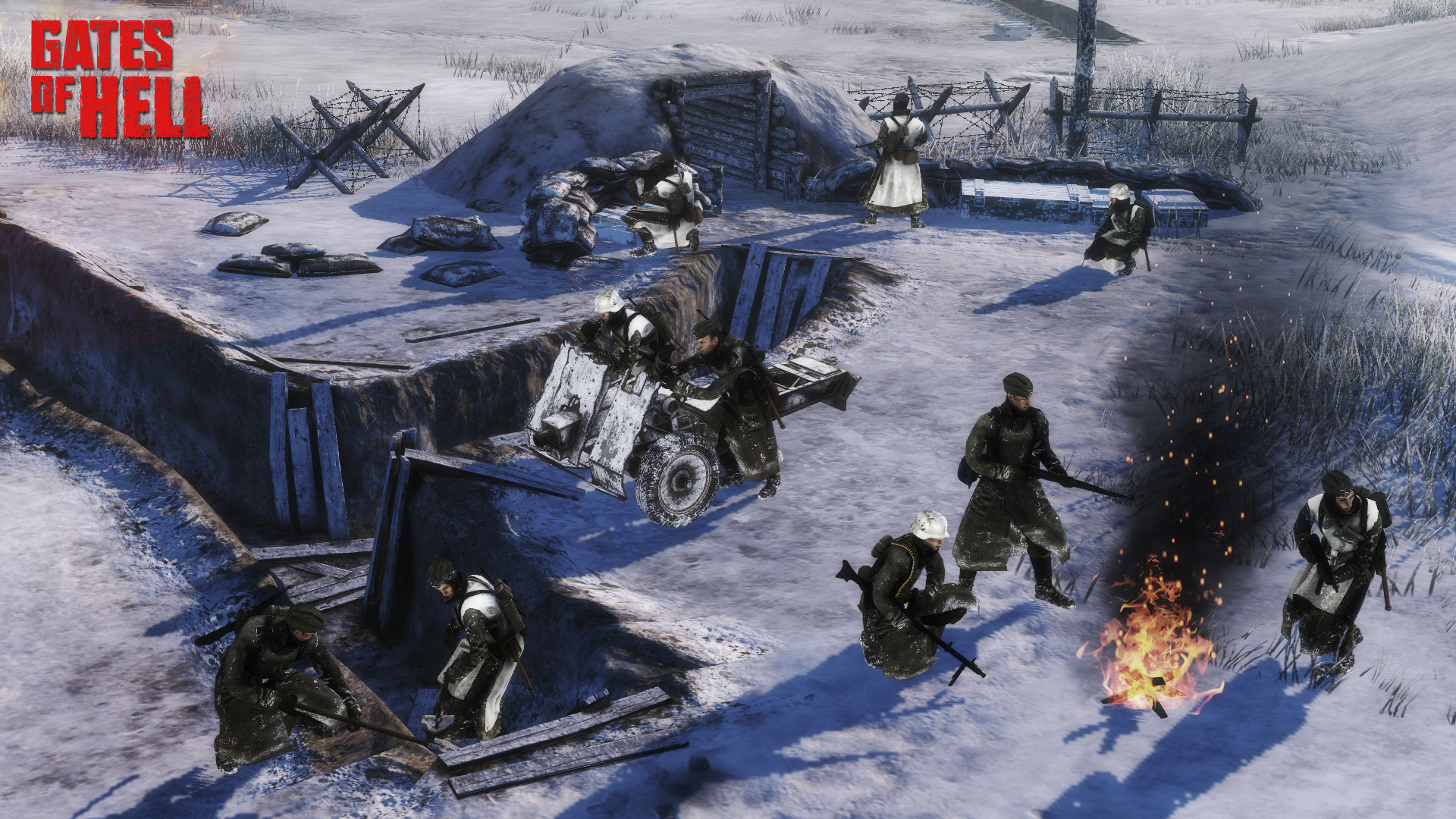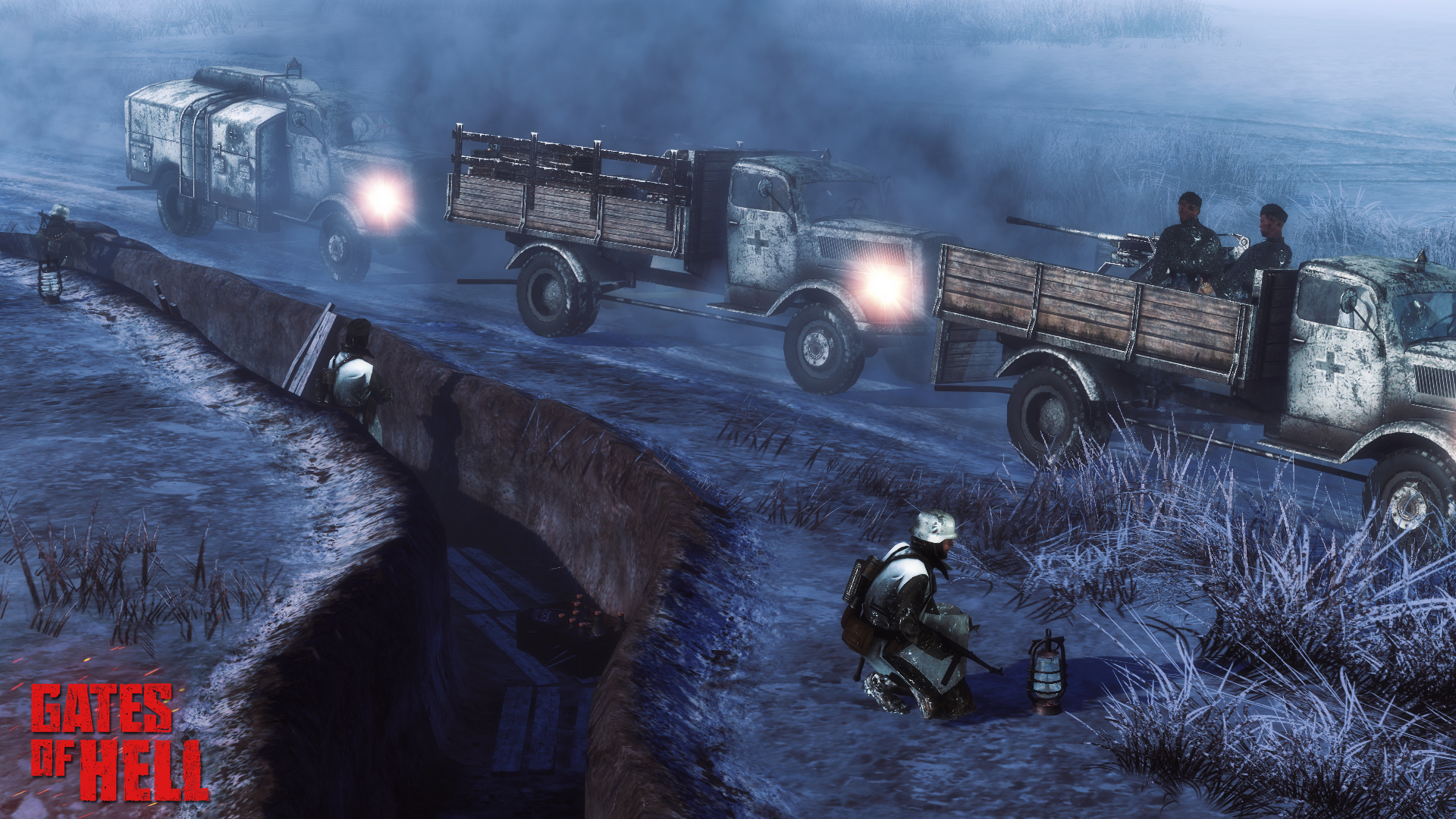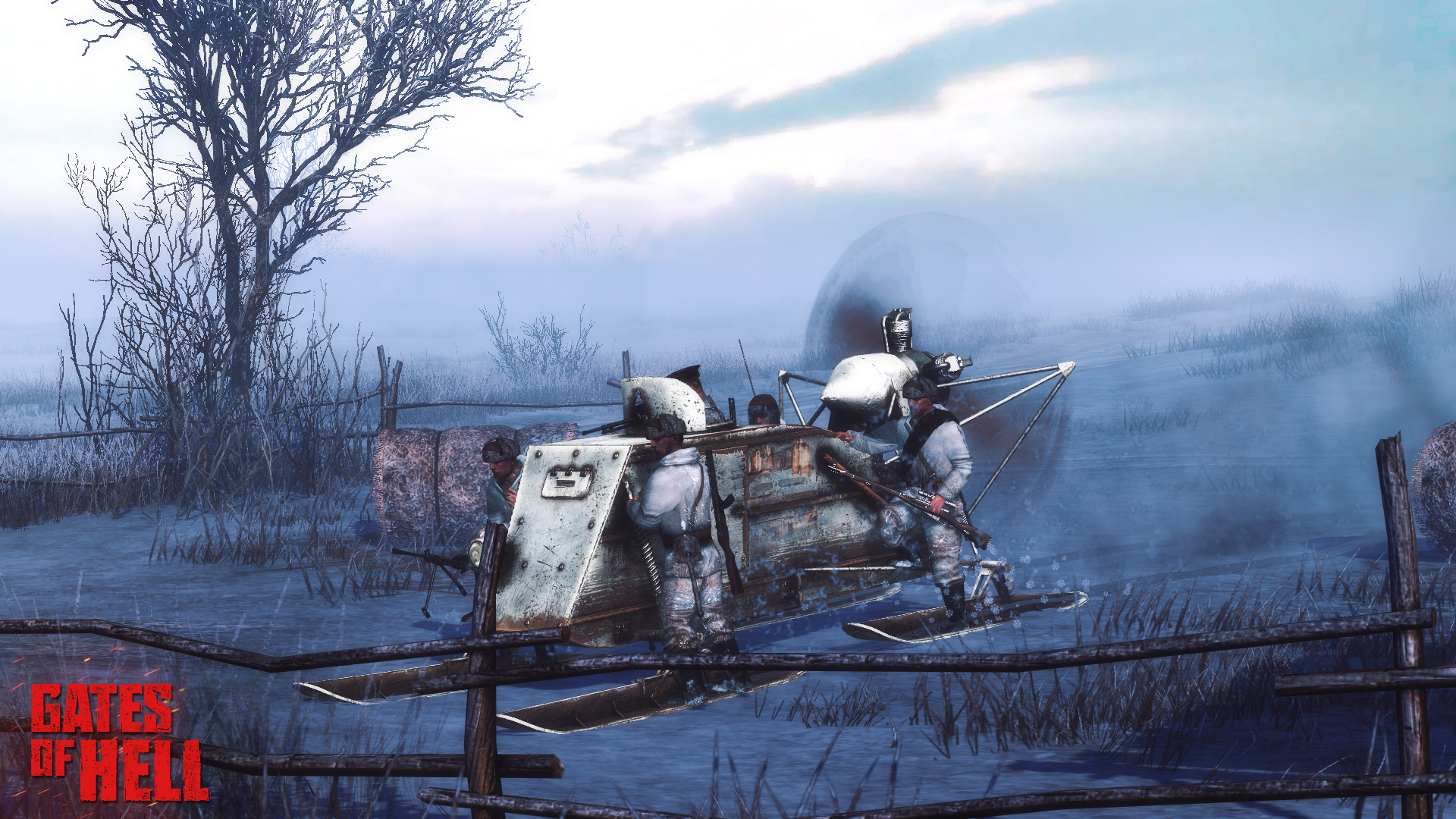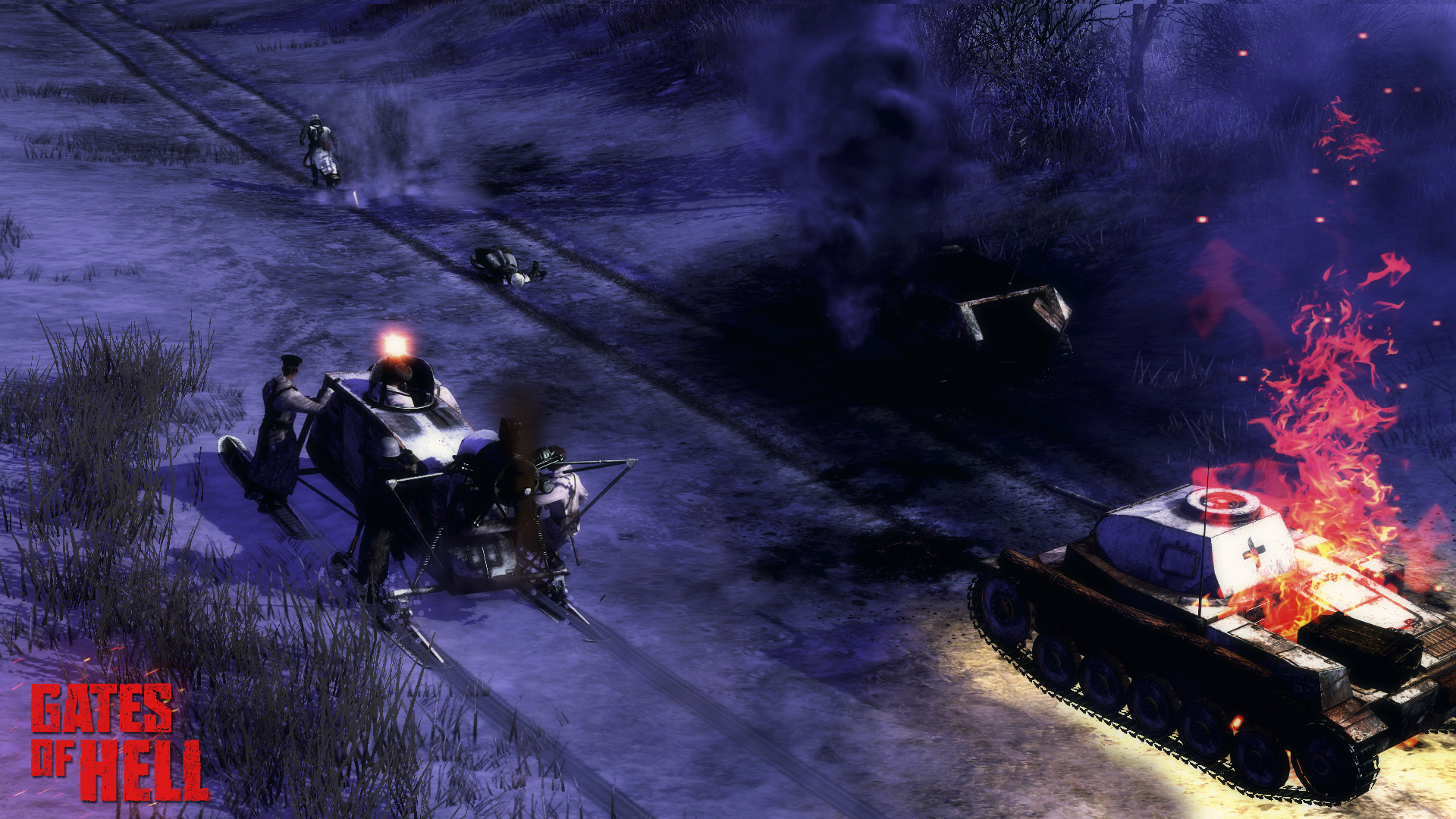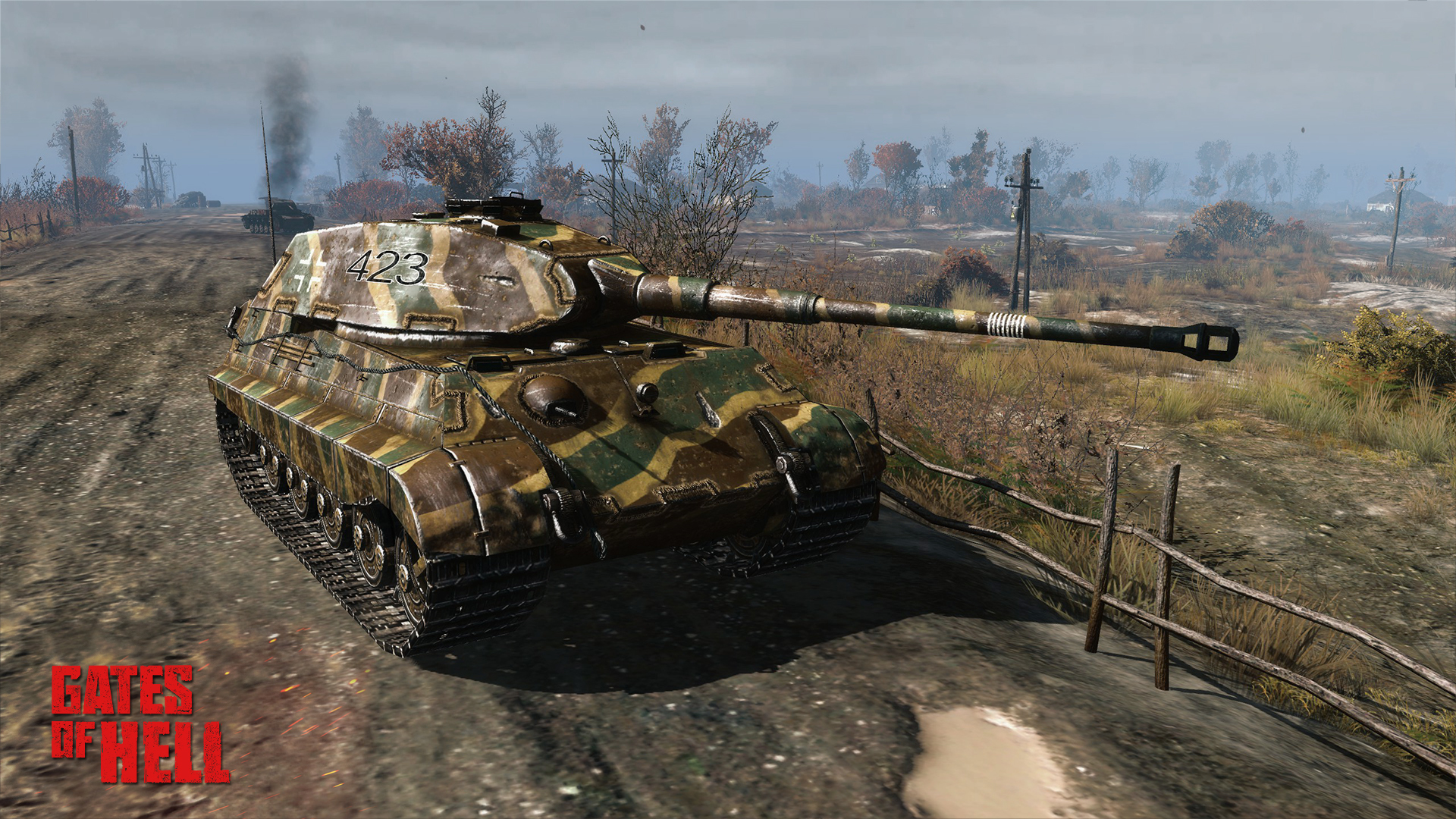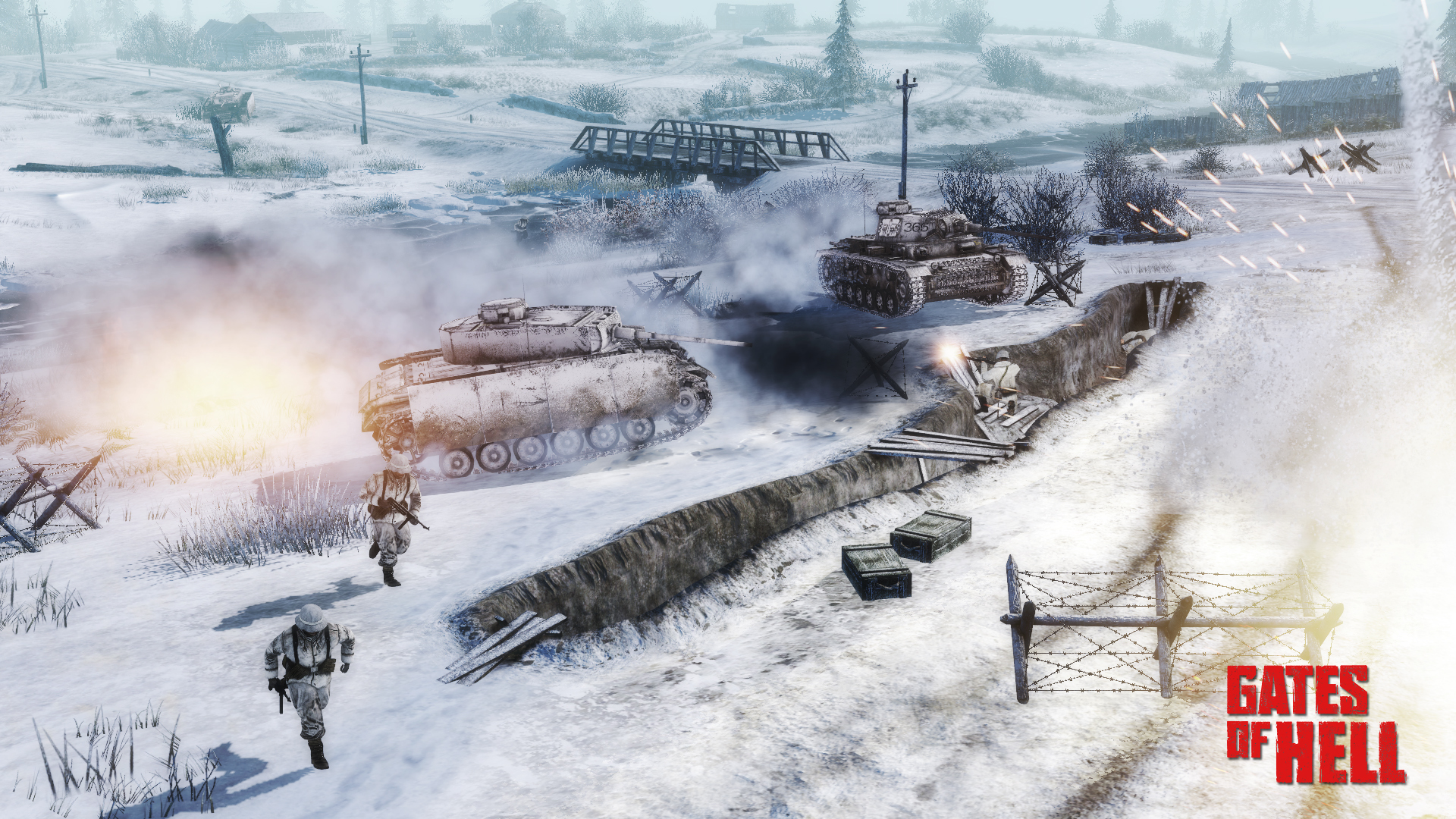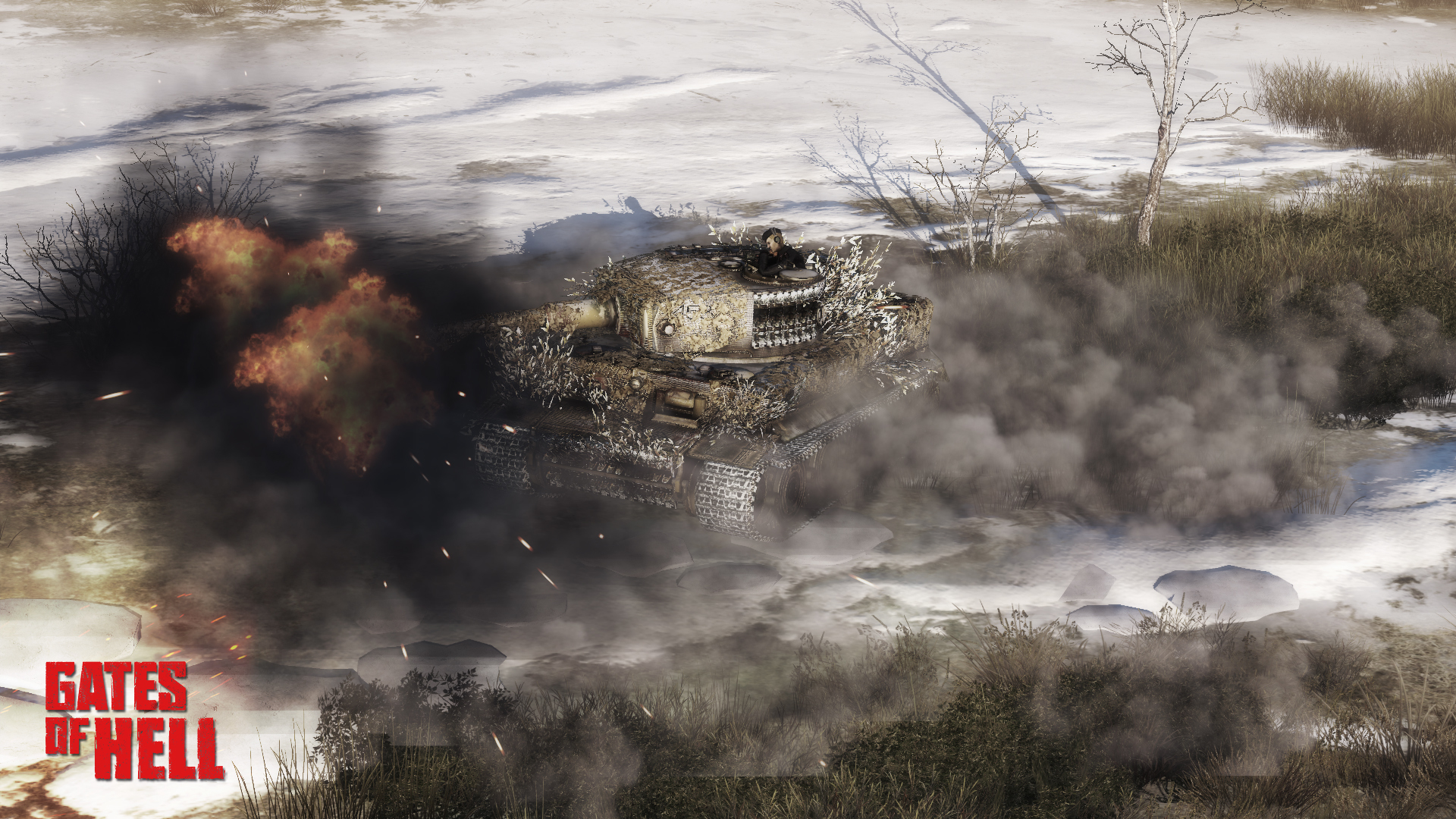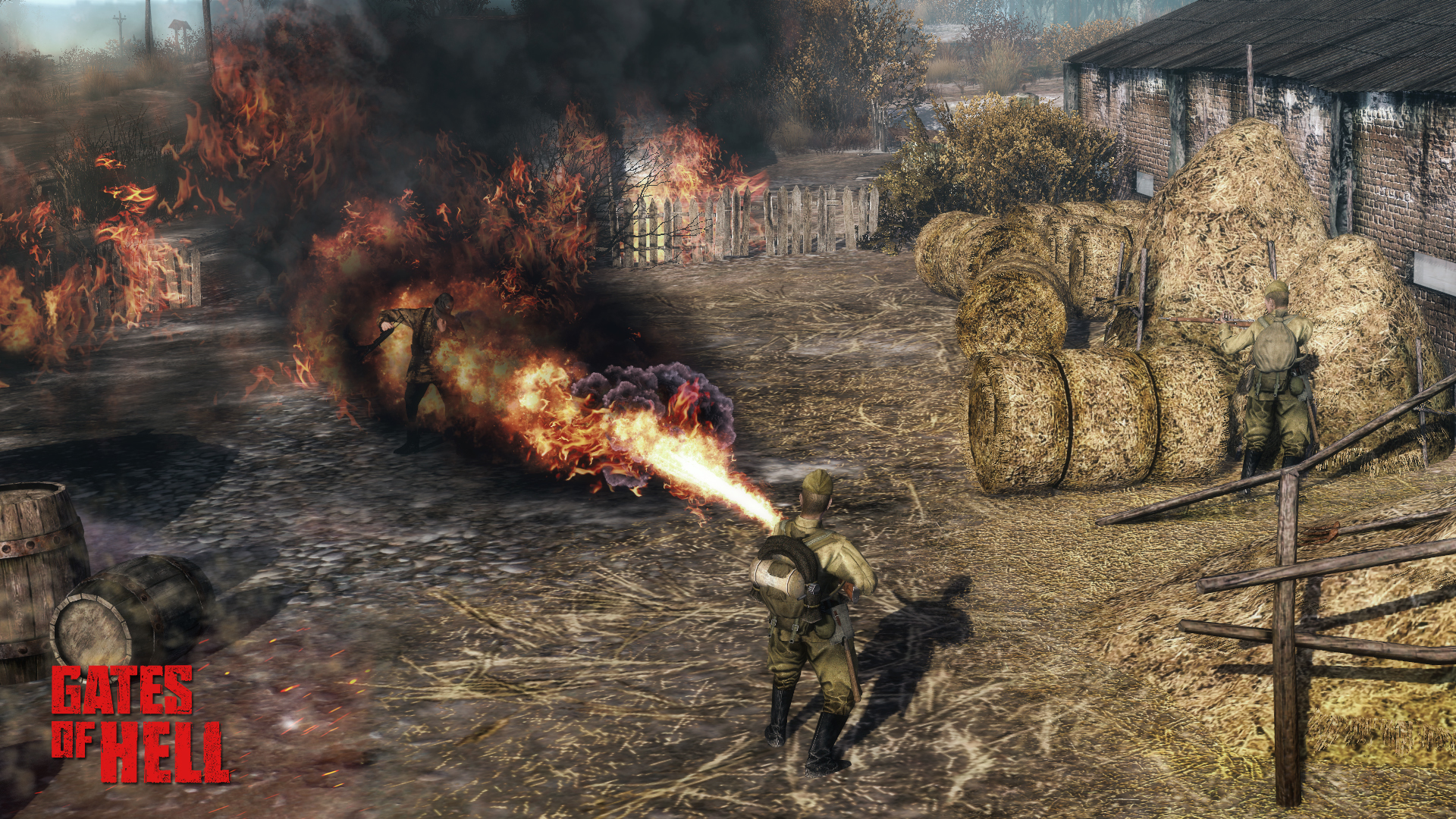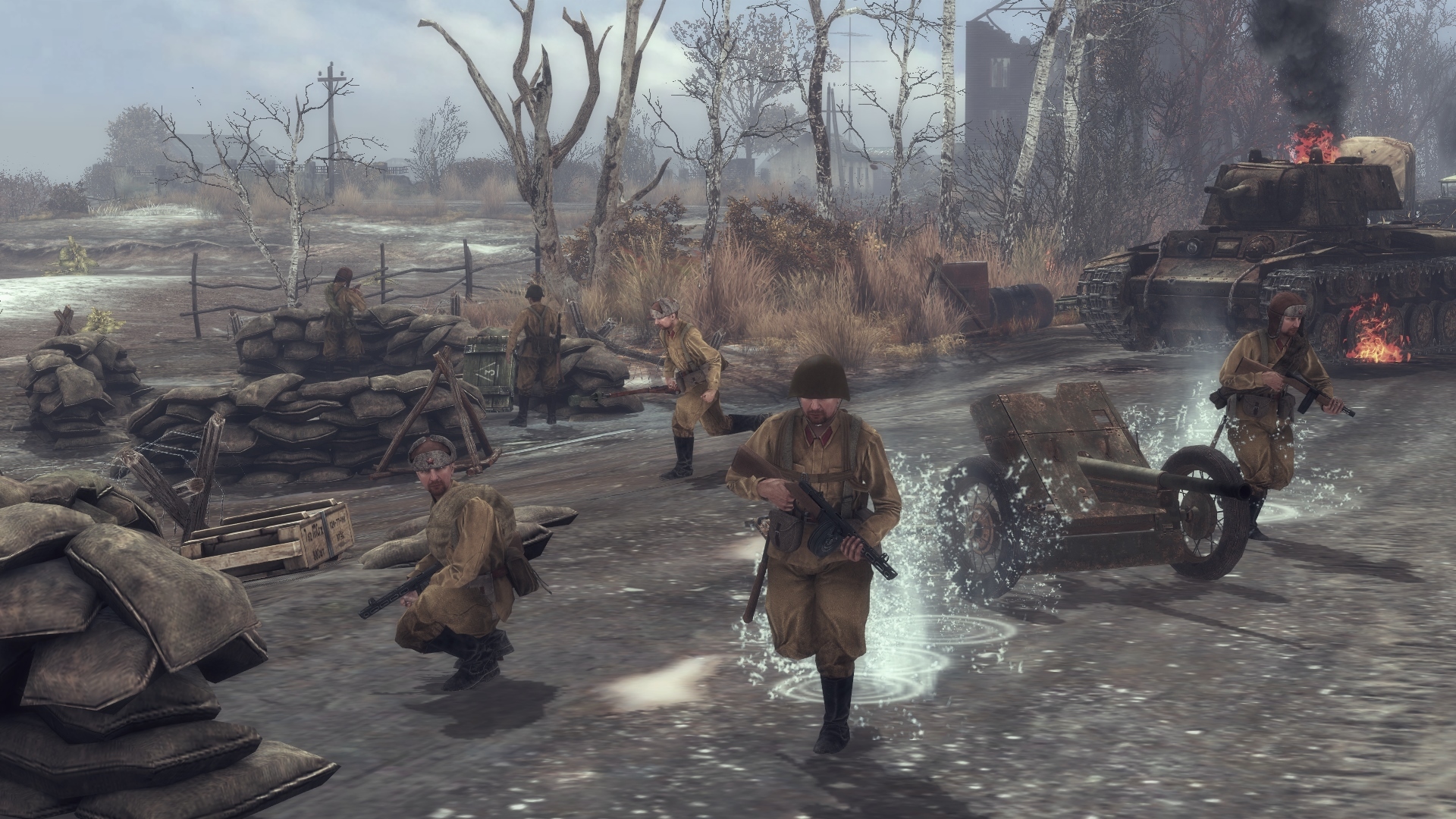
Feb 1, 2019
Call to Arms - Gates of Hell: Ostfront - Herr Flick
 HD link
HD linkHi everyone,
we hope you had a safe start to the new year!
Now that 2019 has started, and the dust from our previous announcement has settled, it’s time to show you what we have developed in the past weeks.
We had a second and third look at 300+ beta tester applications and took all of the associated process steps.
We have notified everyone who applied for the beta test via e-mail.
As you probably remember, we can start the beta only after important software changes are made. However, progress is good.
On to the title subject of this update. As we promised in our dev update at the start of october we want to show you our BM-13 Katyusha in this edition.
As far as artillery goes, the BM-13 is an iconic weapon that can’t be omitted from our game for obvious reasons.
Let’s go back to its origins first. Where did this weapon come from?
History
The origin of rocket launchers as artillery dates back to the 15th century, when Leonardo da Vinci designed his version of a multi- barreled field gun. Rocketry as a scientific field got really popular in the modern era after World War One, and in the 1930s the military started to be interested in this new technology. In the summer of 1938 an idea by general Kotskov was being worked out secretly. It was inspired by ideas of Giuseppe Marco Fiesci, but this time using the RS-132 rocket which had been developed for use by aircraft. The rocket would have been used as an air to air weapon against bombers, similar to the German R4M 'Orkan' that appeared later during the war.Several prototypes were built using ZIS-6 trucks. Configurations varied from 14 to 48 rockets per vehicle, the RS-132 rocket being adapted and re- named M-13.
In 1941, a smaller aerial rocket (RS-82) was also adapted for use on the ground and this one was used on a wide variety of vehicles as well, such as the T-40 and T-60 (BM-8-24), 36 and 48 rockets (BM-8-36 and 48) and the BM-8-72.

M-13-16 (RS-132) on a ZIS-6 and M-8-24 (RS-82) on a T-40
Operations
The new weapon was to be used in new special divisions - they were named as “guards mortar units” (as secret), as these were considered the right choice to keep the weapon secret. It’s military designation remained secret until WW2 ended so nobody knew it was officially called the BM-13; as a result, Soviet troops called it “Katyusha” after a popular song about a girl, and the German troops called it “Stalin’s organ”.The first time the Katyusha was used was in 1941 at the town of Orsha. The seven BM-13’s that were deployed fired at the town’s market place and caused panic and many casualties.
The appearance of this weapon was a great shock to the Germans, some German infantry reports called it the most fearsome asset in the Soviet arsenal.

This wintery Katyusha (BM-13N) just opened fire.
On many occasions, Katyusha’s were a big factor on the battlefield. No wonder! Whereas one needed just four BM-13 launchers to fire 4.35 tons of HE into a 400,000-square-metre (4,300,000 sq ft) impact zone, no less than 72 conventional artillery guns would be required to achieve the same. The comparatively slow reload meant however that Katyusha barrages were not conceived to deliver continuous fire like conventional artillery. The Katyusha excelled at delivering a very dense saturation barrage over an area in a very short amount of time to stun the enemy: perfect just before an assault.
The Katyusha in Gates of Hell
In Gates of Hell this one is obviously a must- have! The one we show you here is a very common variant of the BM-13. It’s the one that was built on a Studebaker truck. The salvo it fires is 16 rockets; 8 below and 8 on top of the launch rack. The official designation of this specific configuration is the BM-13N as it’s on lend-lease truck.Here’s some screenies of it; remember, it’s still work in progress:

HD Link
The gunner rides along
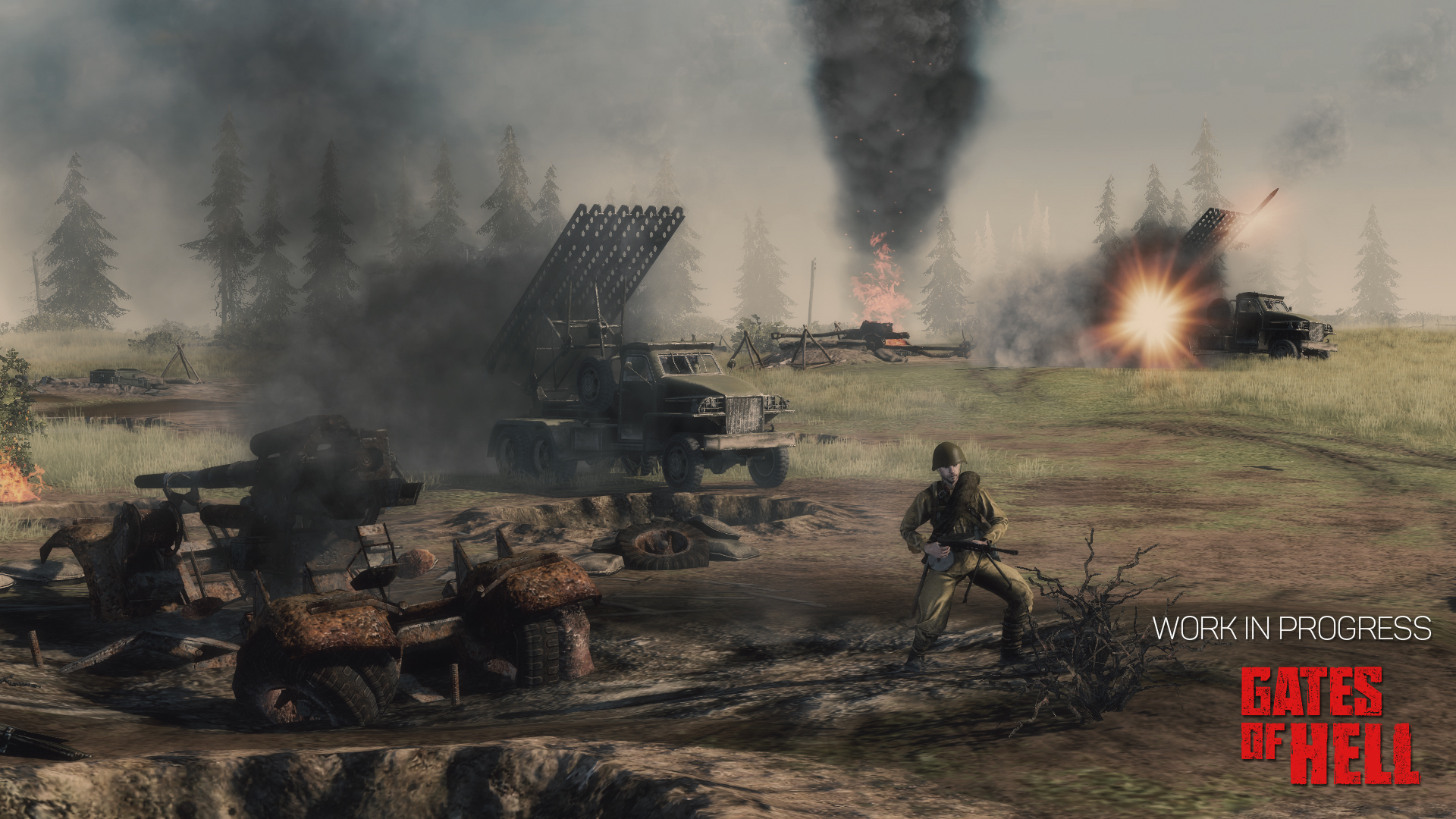
HD Link
This battery has deployed and is firing
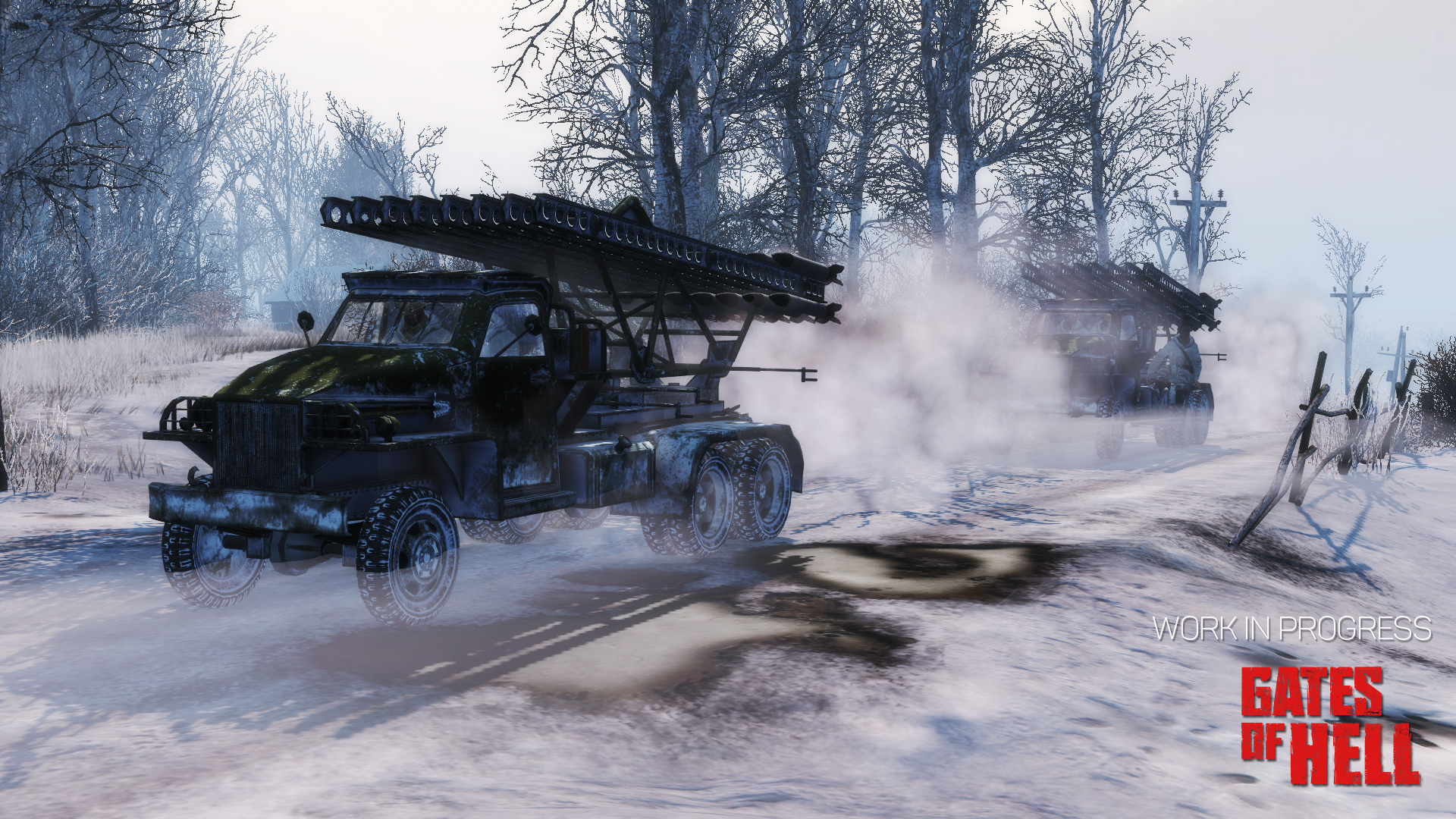
HD Link
Transit to the front
We plan to add a number of katyusha systems, fitting for the different war stages. In addition to the BM-13N shown here, the BM-8-36 mounted on a ZIS-6 platform will be a devastating early war carpet bomber. As the war progressed, the T-60 became outdated and was converted to mount the RS-82 rockets too, resulting in the familiar BM-8-24. Towards the late war the monstrous 310mm BM-31-12 will make an appearance, paving the way to Berlin.
These rocket platforms are modeled to be as inaccurate as they were in real life, but unlike the German Nebelwerfer types, accuracy is not as important when you can unleash such a massive battery of rockets.
Well, do you like our new artillery asset? Let us know in the forums! Meanwhile, let us know which rocket-propelled piece you’d like to see next for the third part of the ‘It’s not rocket science’ series. Thanks!
Did you know?
- At the end of WW2, 518 batteries of all kinds of rocket launchers were in use in the Soviet army
- The maximum range of the BM-13 was just over 8.700m (9.500 yd.)
A special long range version of the rocket achieved 11.800m (12.900 yd.) - Countries around the world have continued to build and operate Katyusha-like systems well into the 21st century






